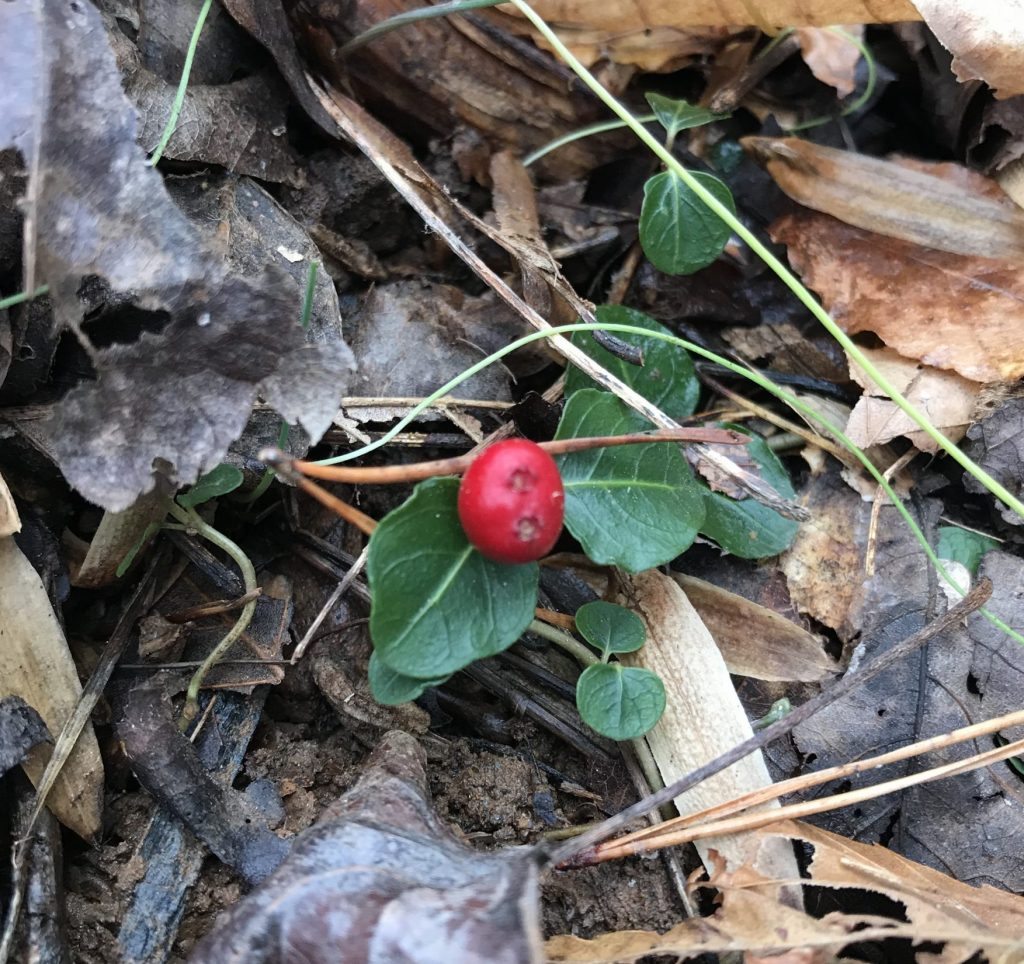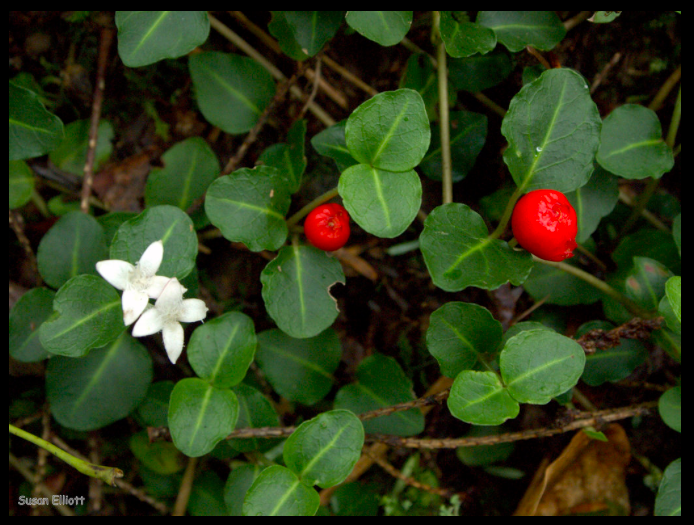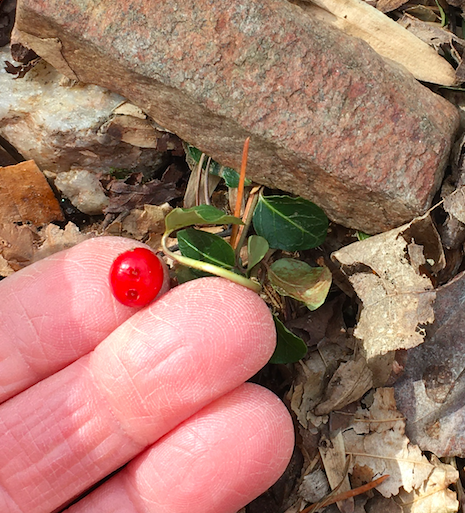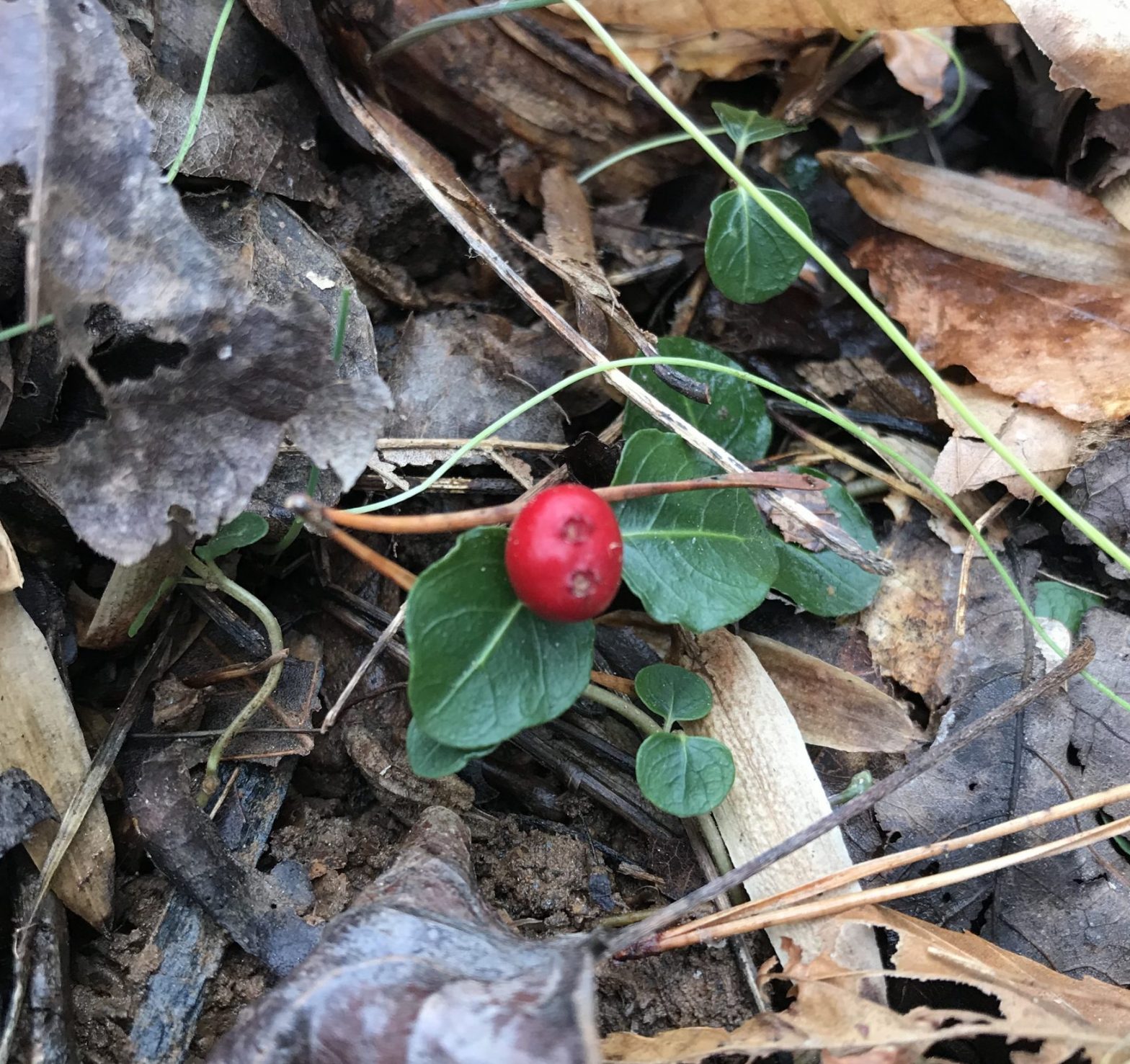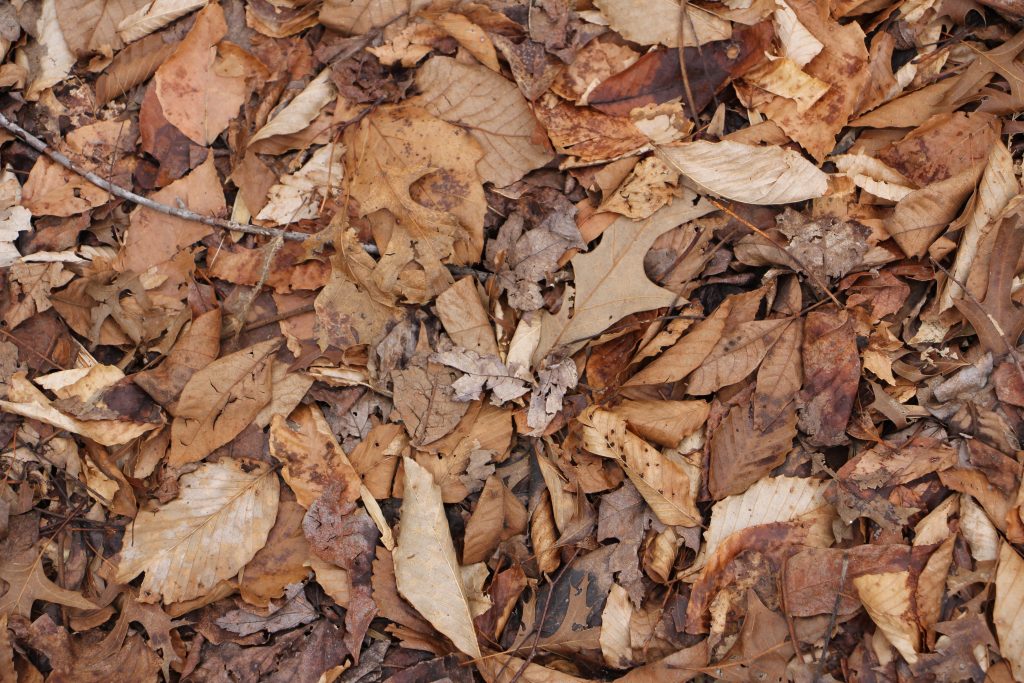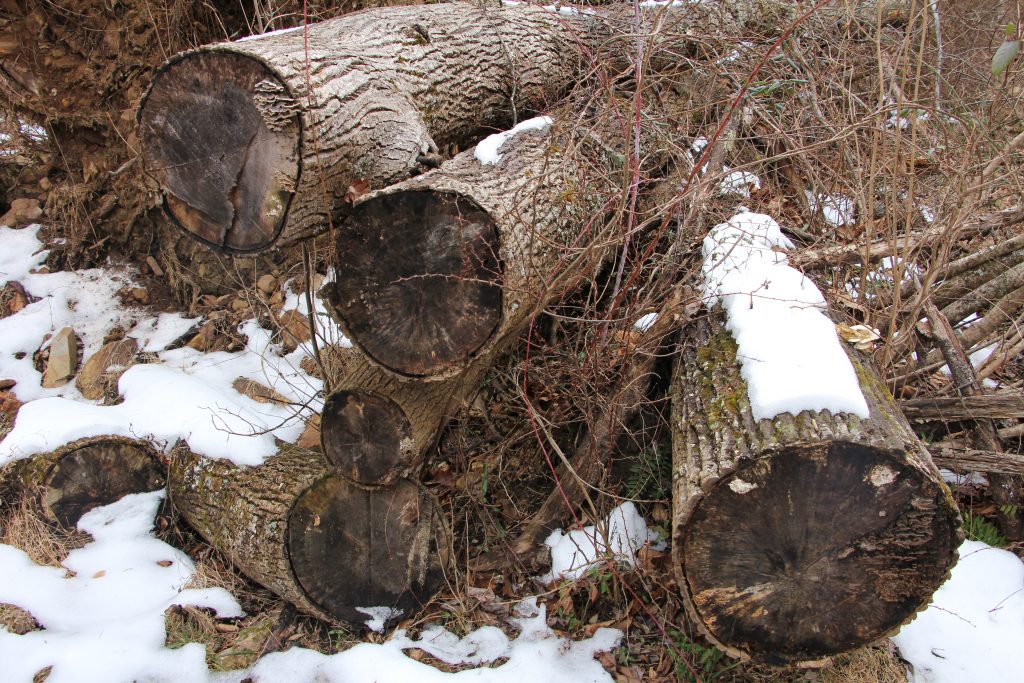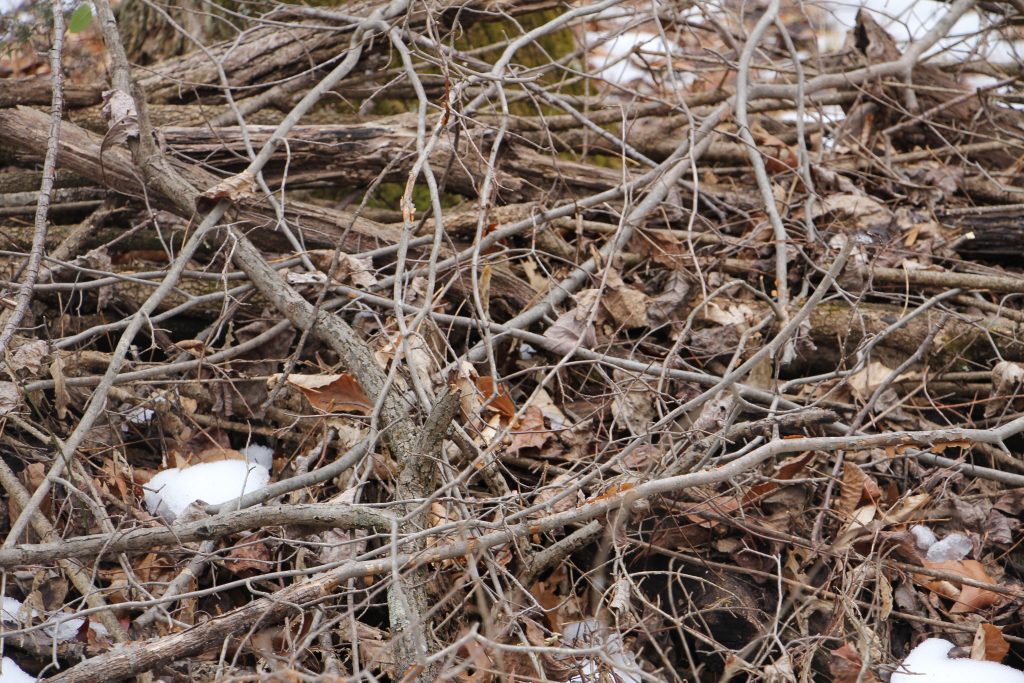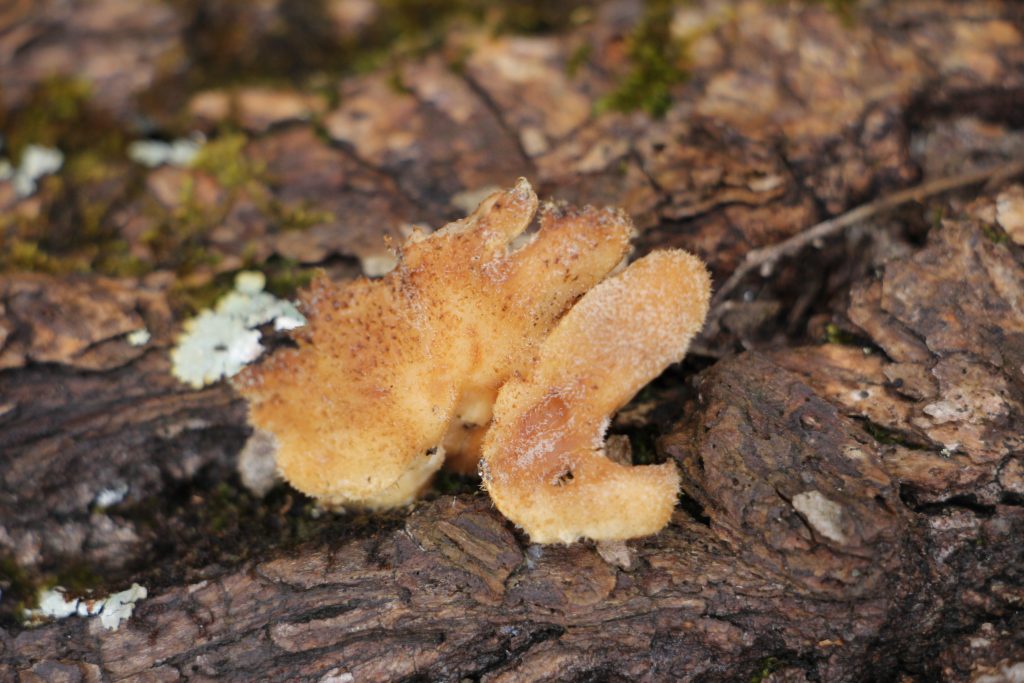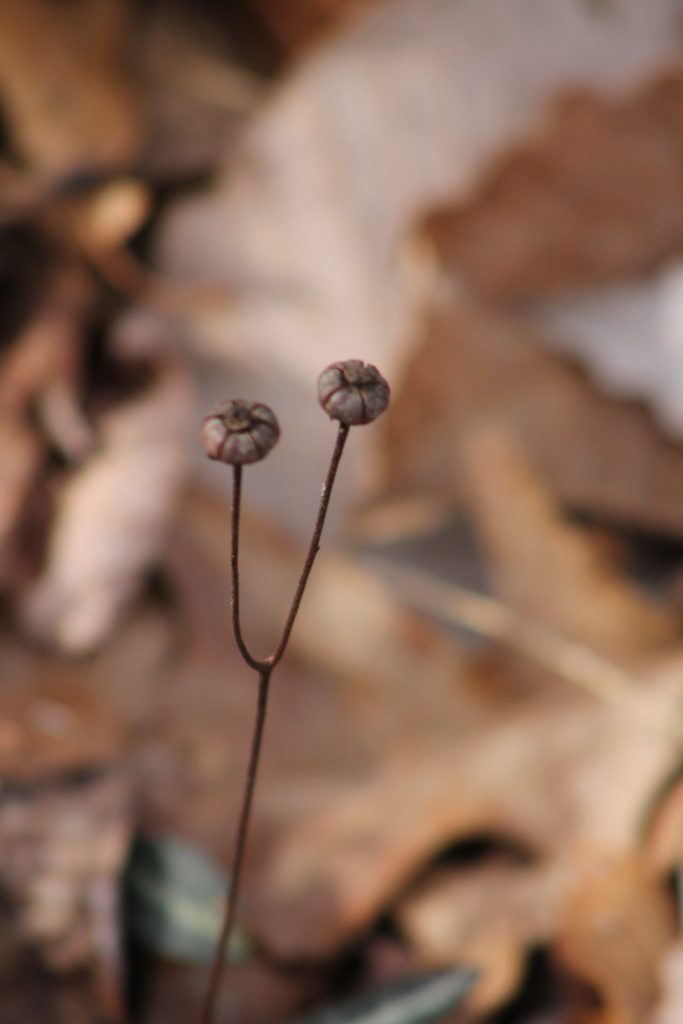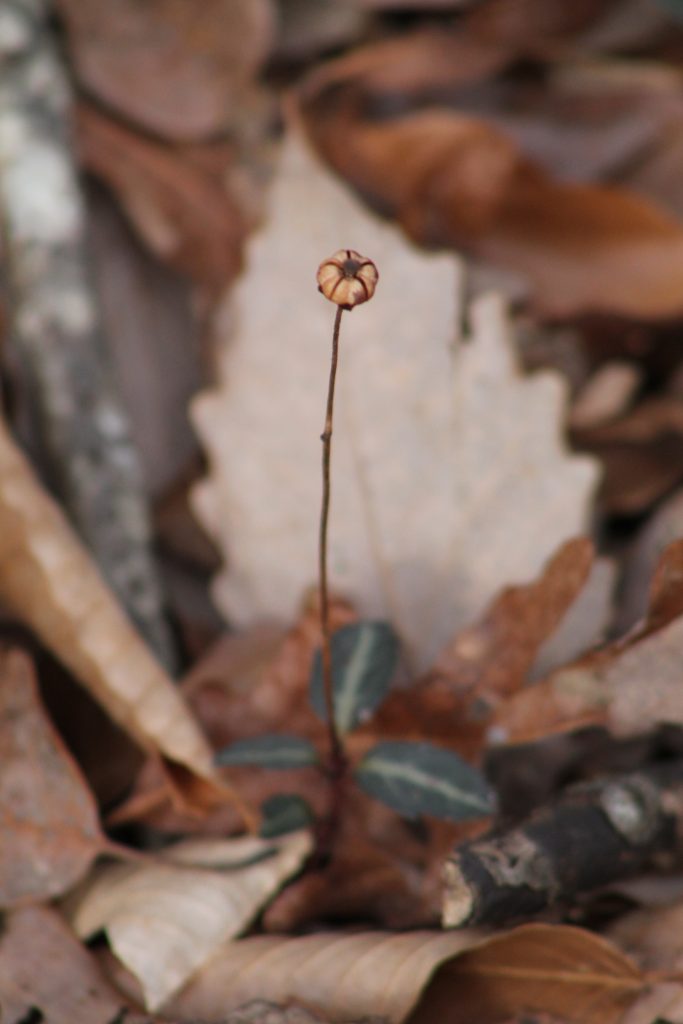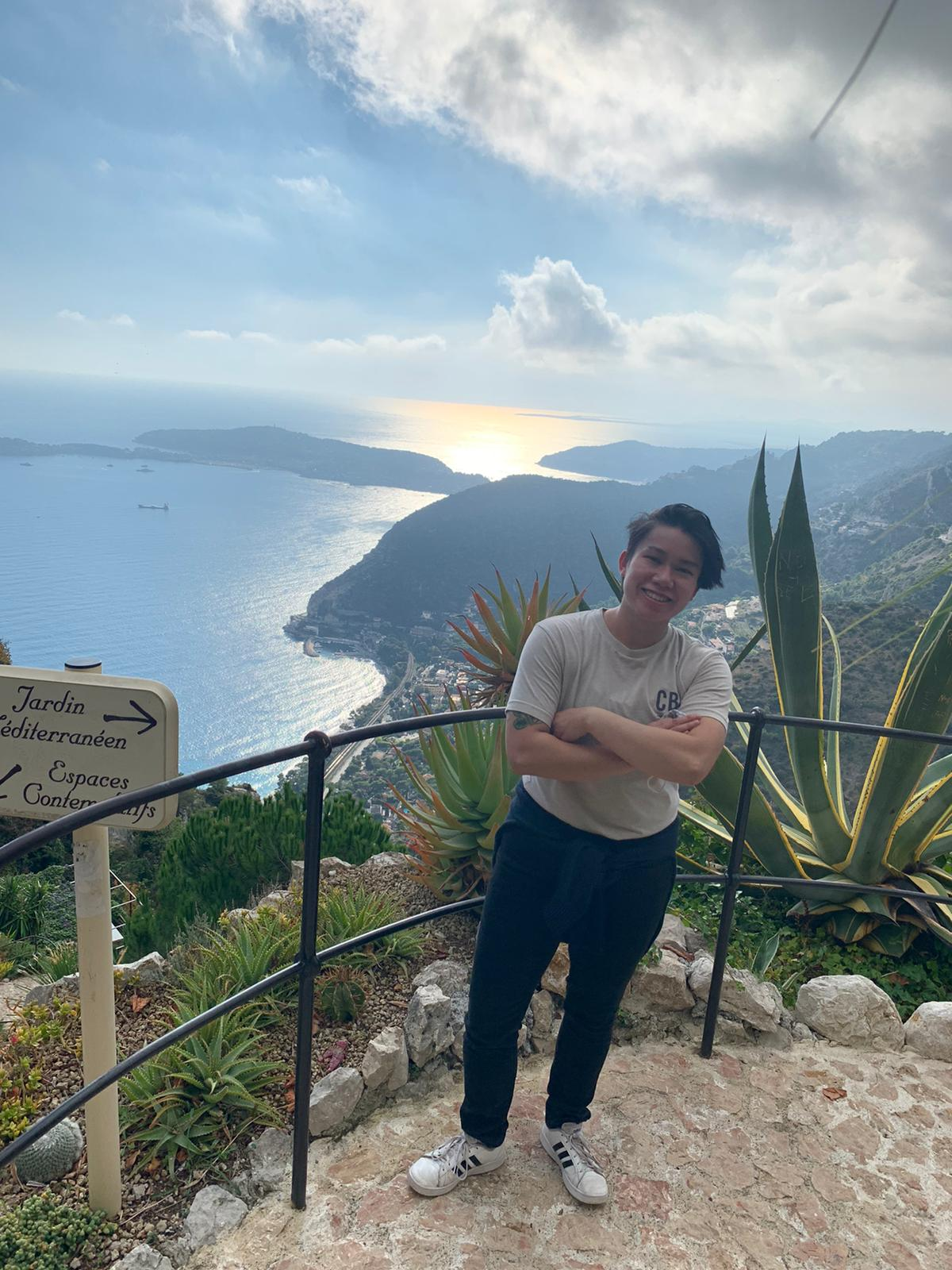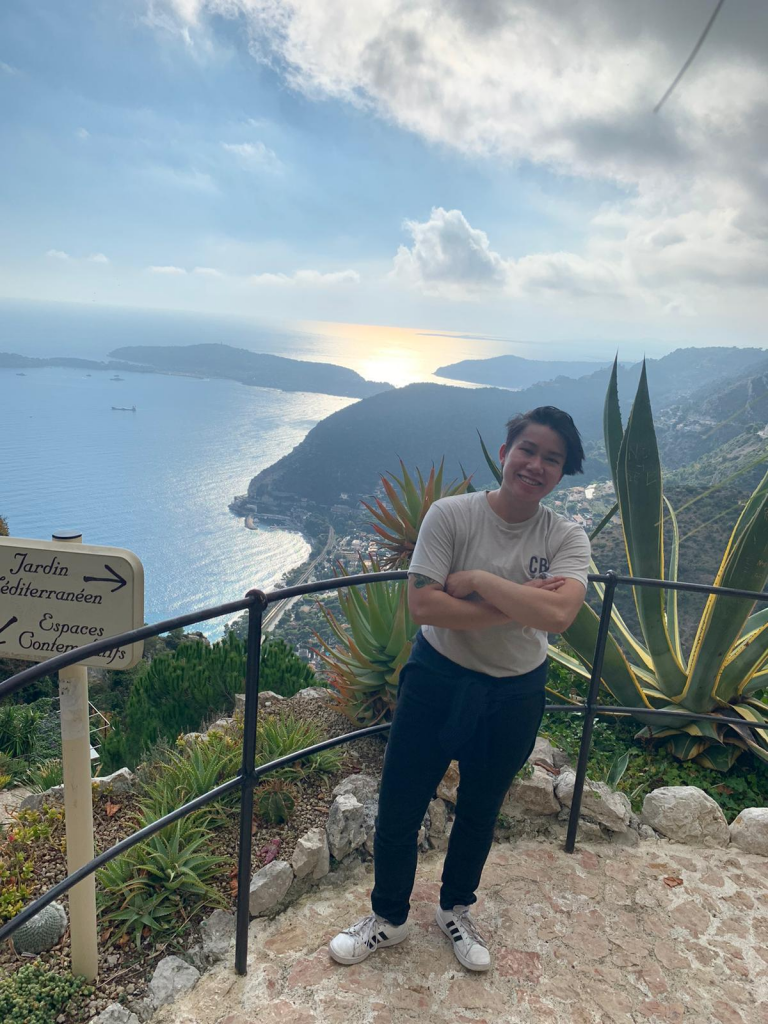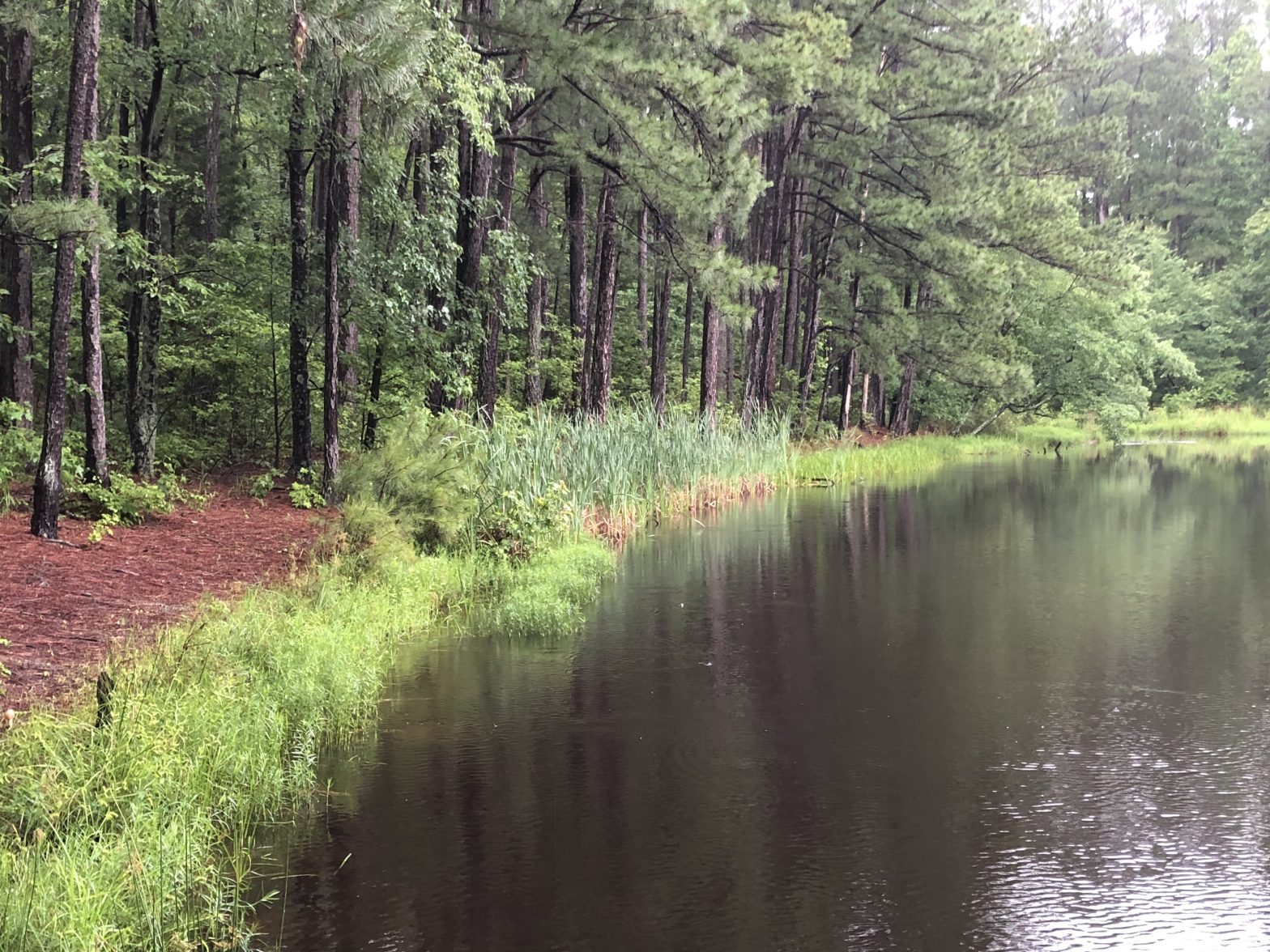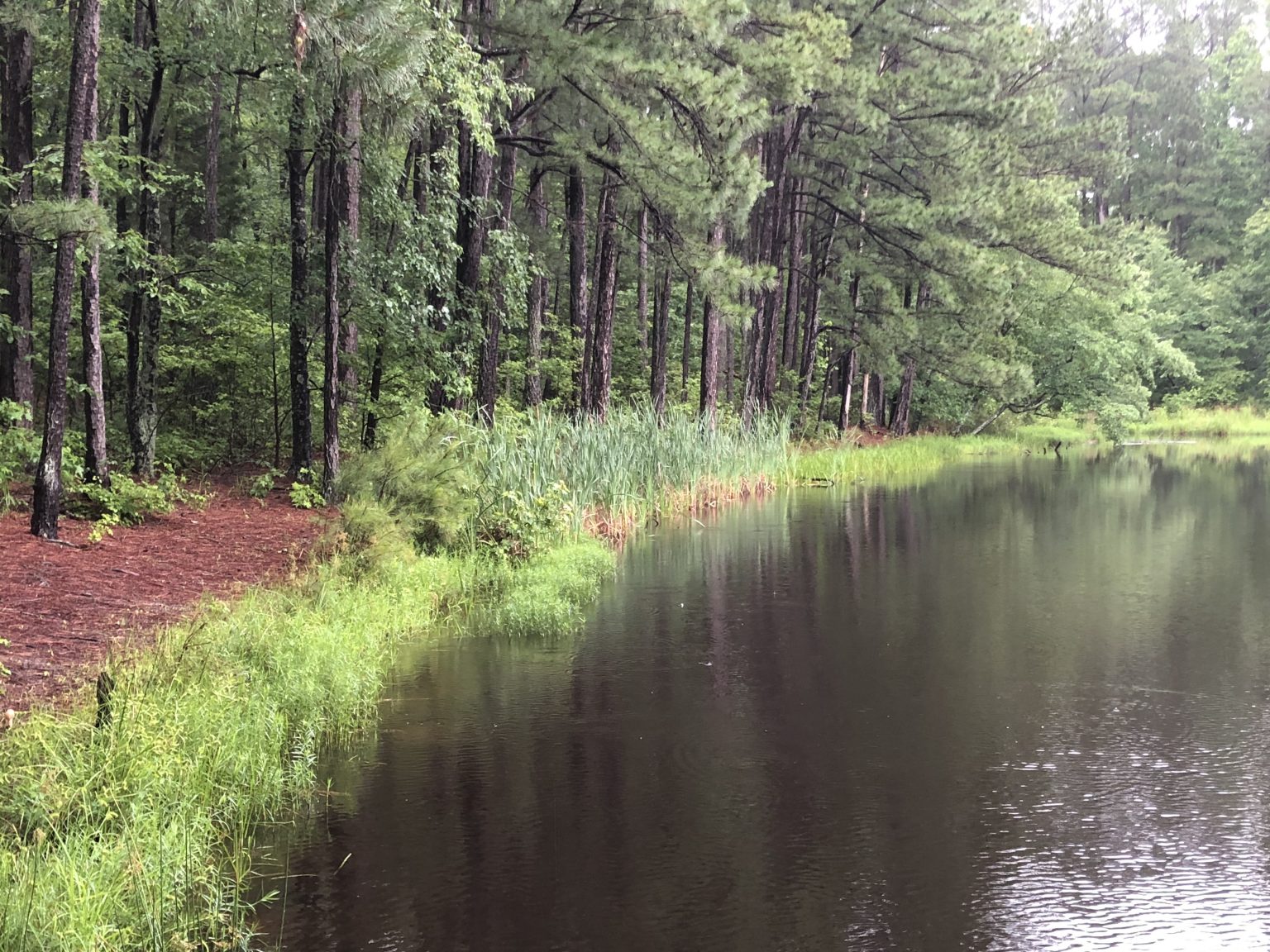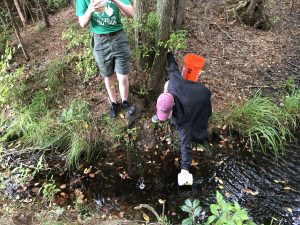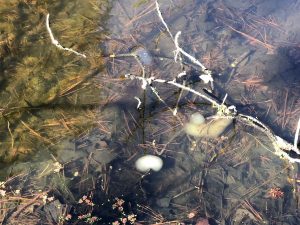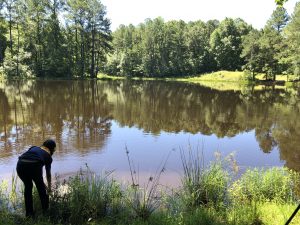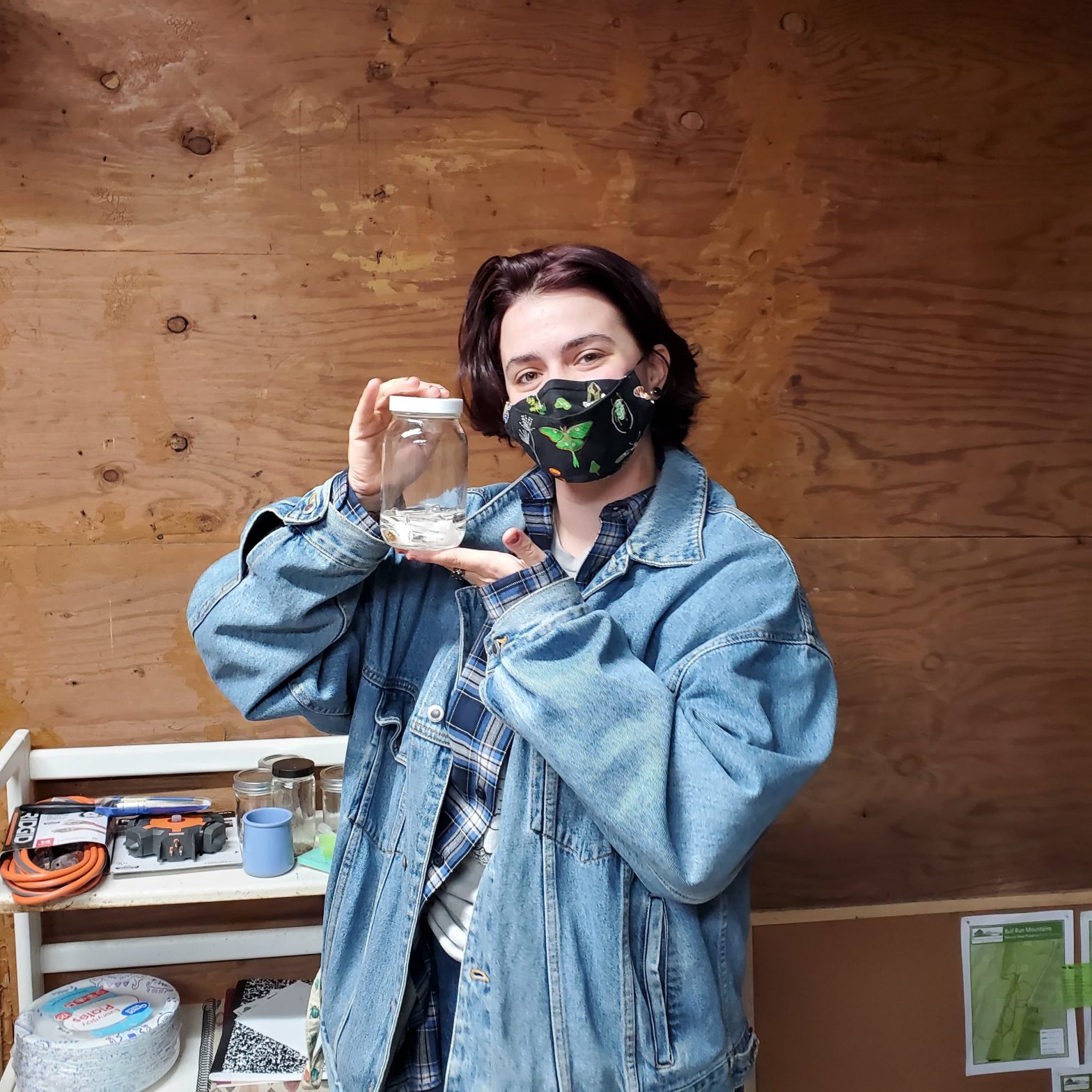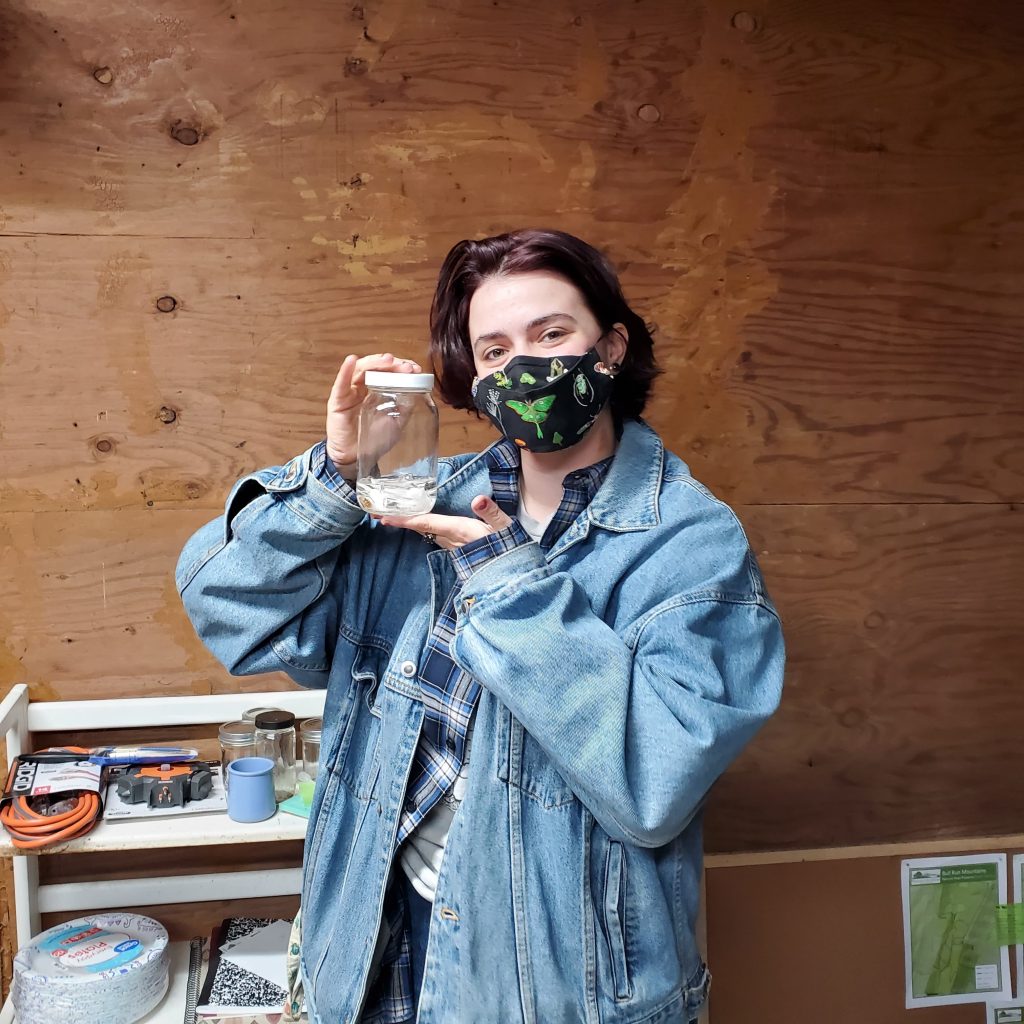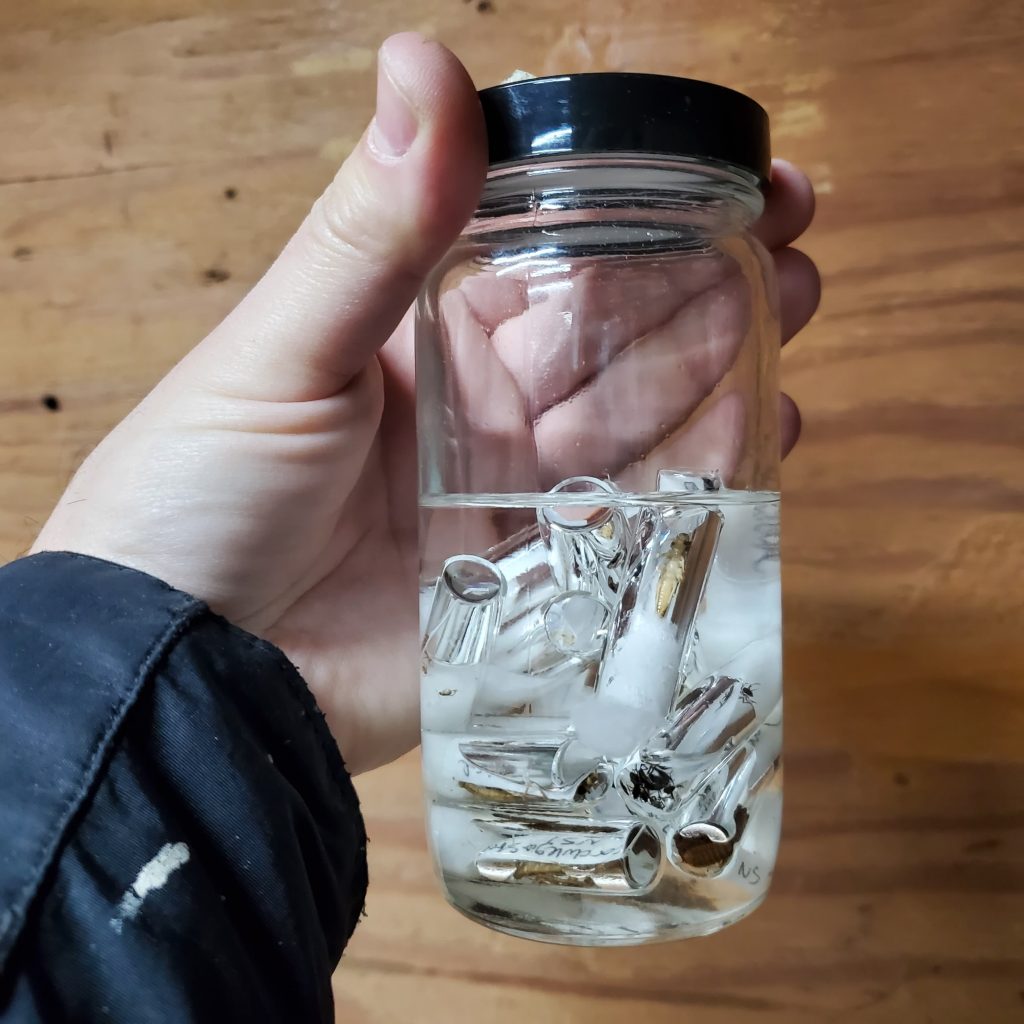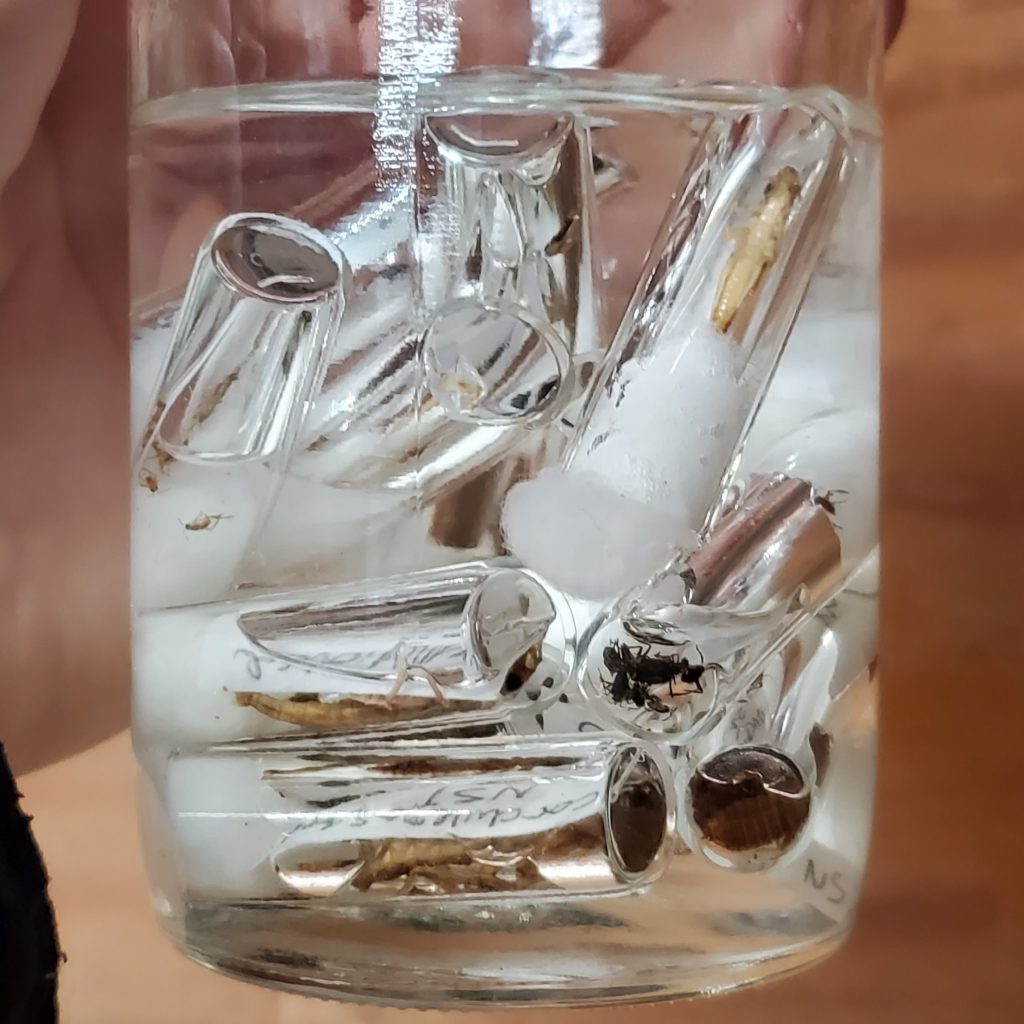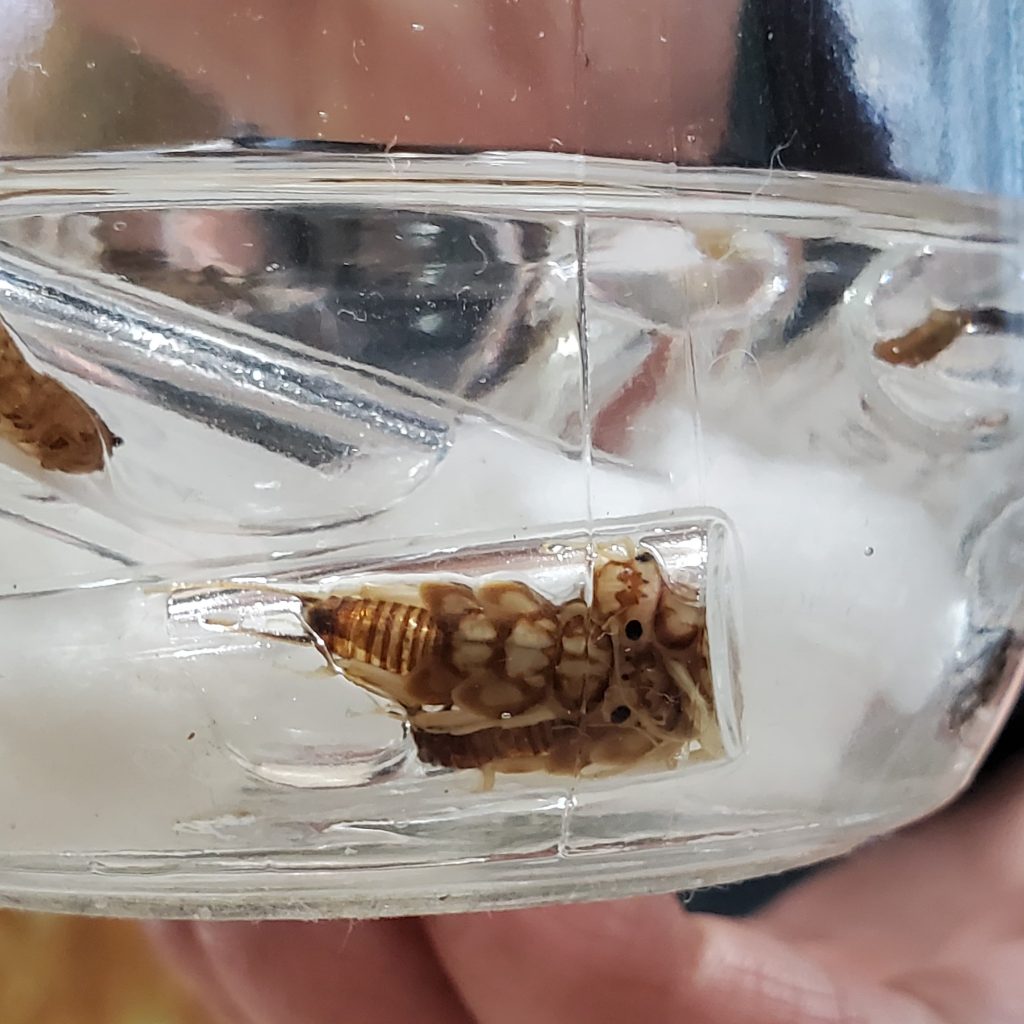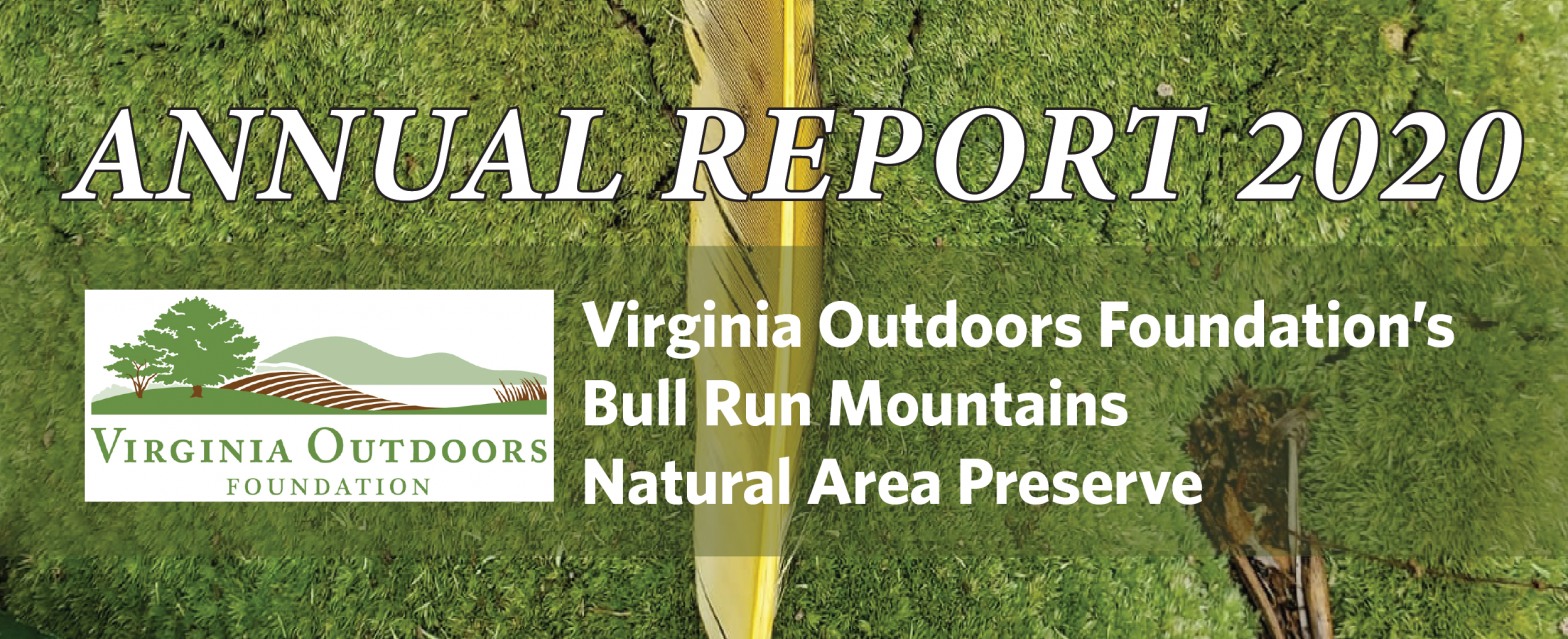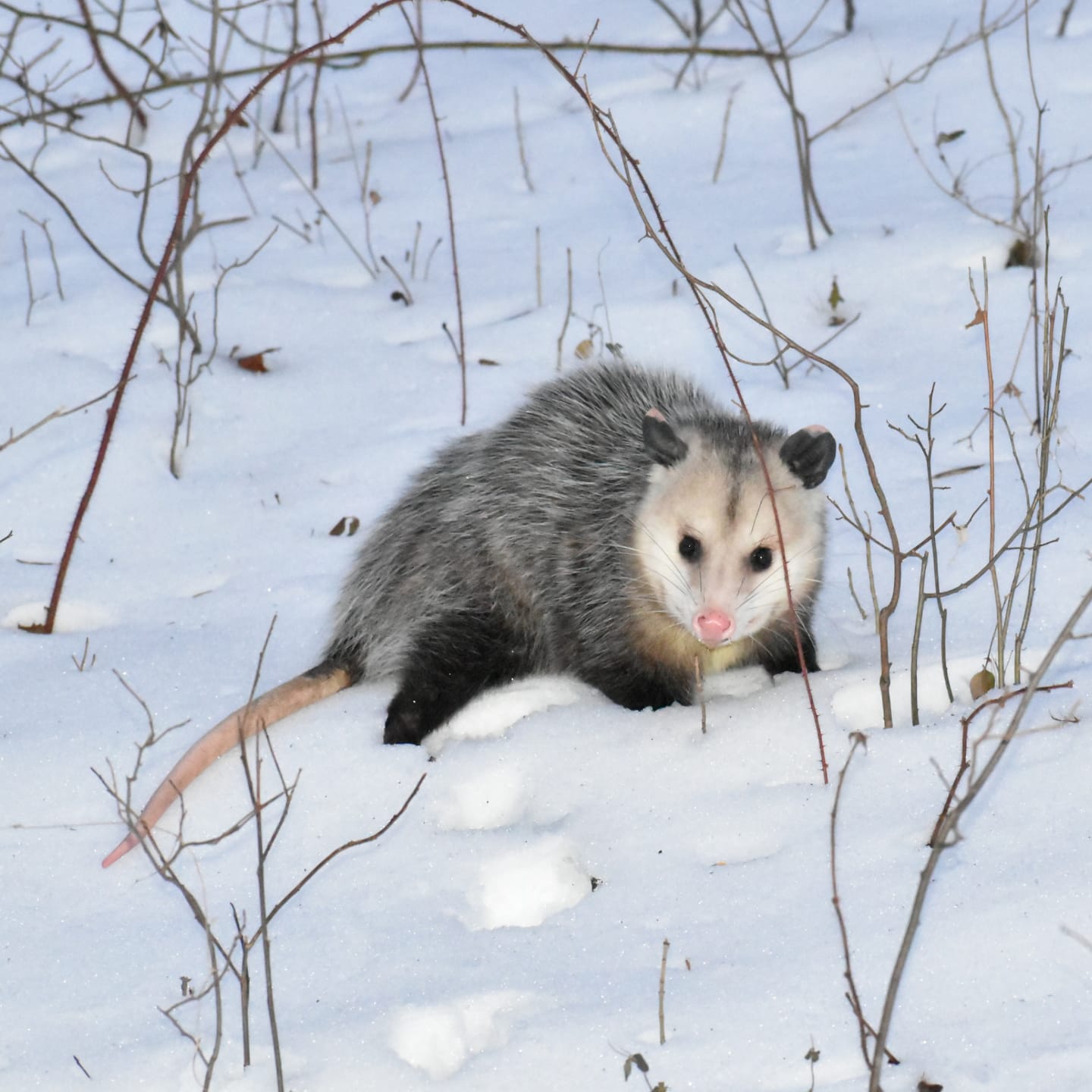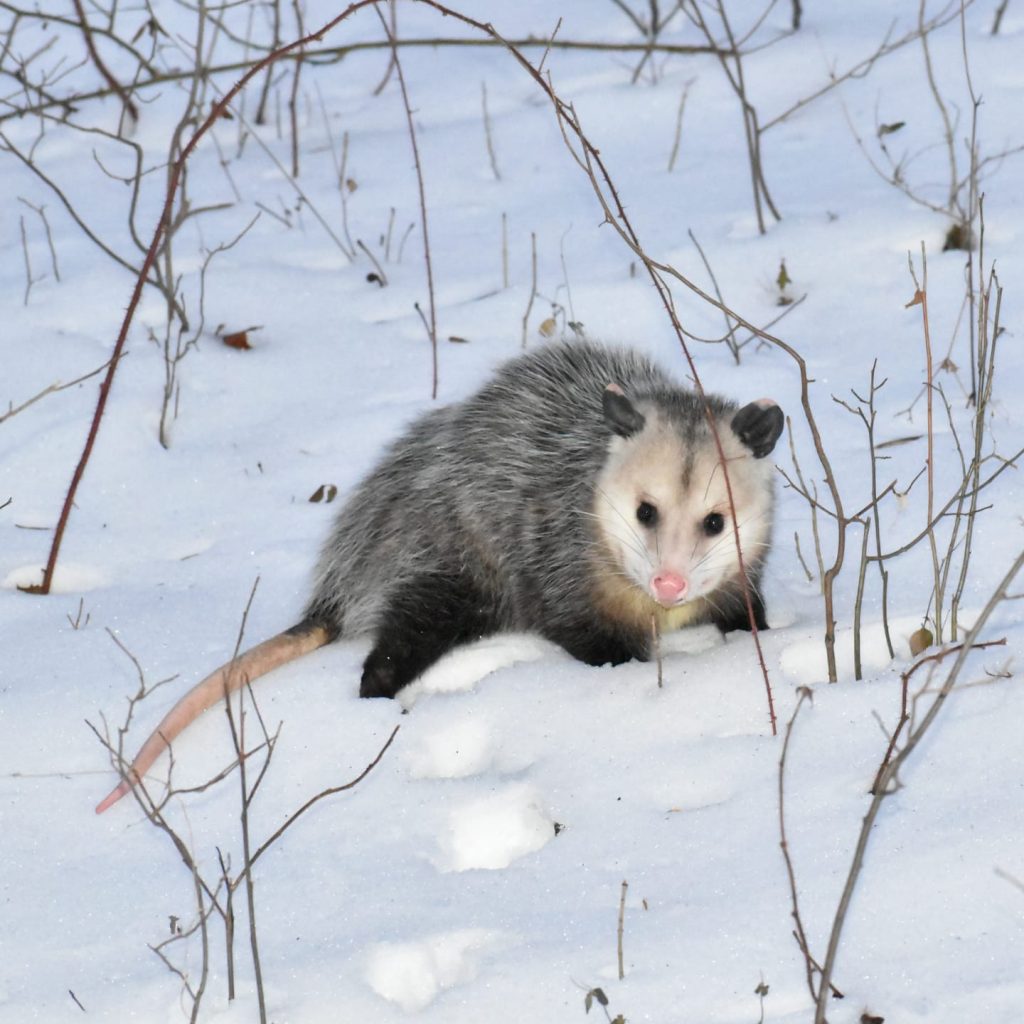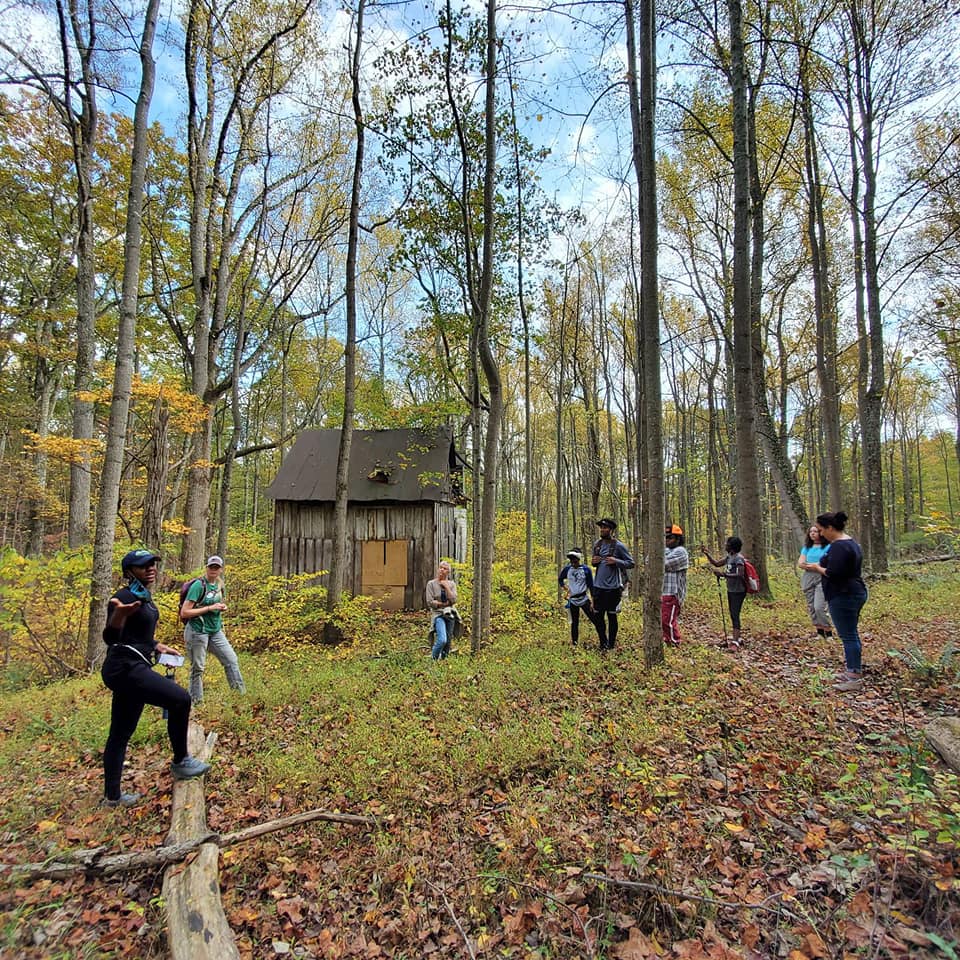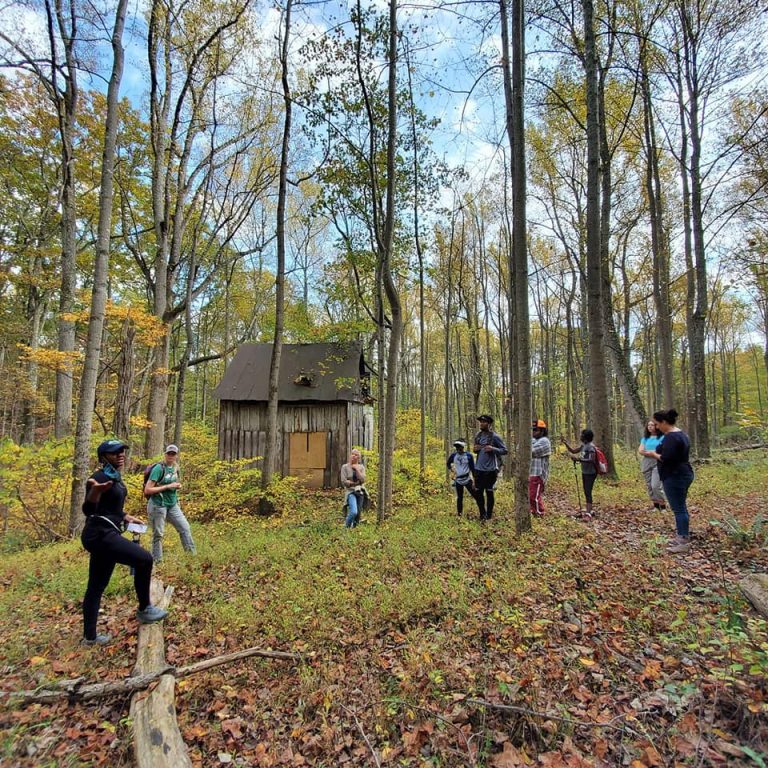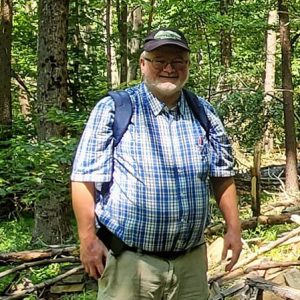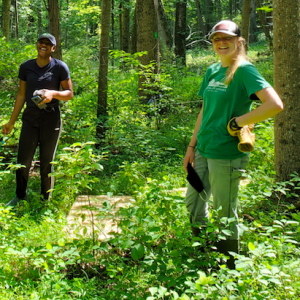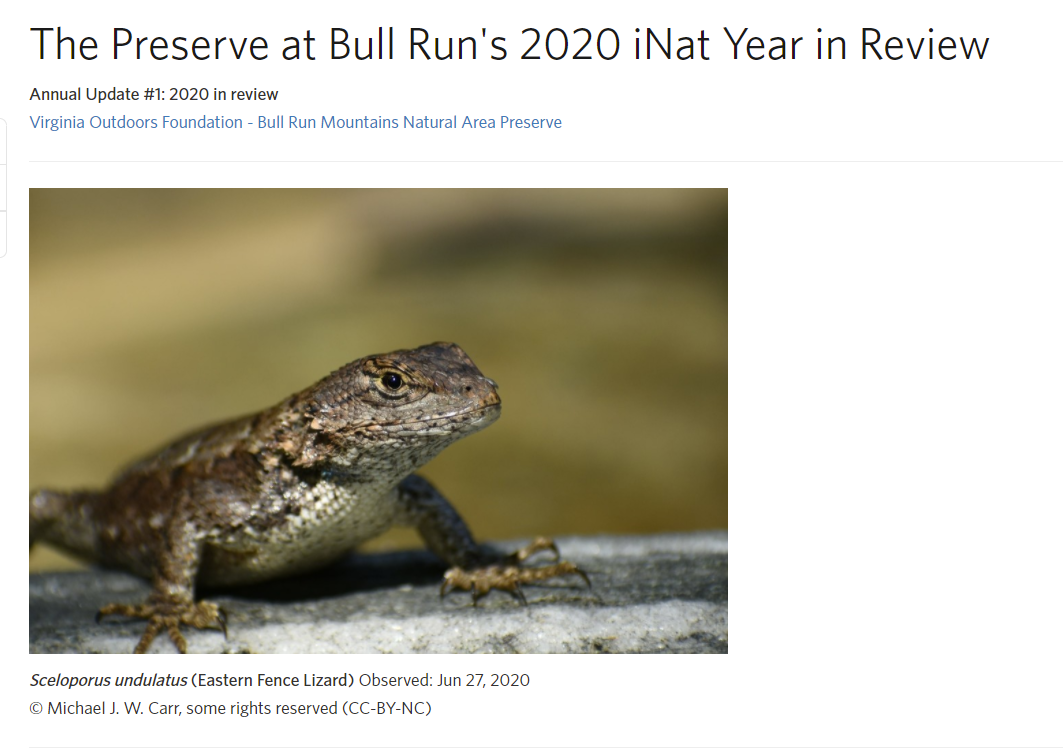The Virginia Outdoors Foundation (VOF) today announced $1,946,044 in grants for projects that create, expand, and make more accessible public open space in 25 localities.
The 33 grants were awarded from VOF’s Preservation Trust Fund and its new Get Outdoors program.
The latest round of awards emphasized projects that serve high-need communities, especially communities that have been inadequately served, overlooked, or harmed by unfair zoning, housing, and land-use practices or other systemic discrimination.
“The COVID-19 pandemic has revealed a great deal about the importance of open space for not only our physical and mental health, but also for the strength of our communities,” said VOF Executive Director Brett Glymph. “We are pleased to be able to award these grants that will advance projects in communities all across the Commonwealth, resulting in greater, safer, and more equitable access to the outdoors for thousands of Virginians.”
Grant Recipient Summaries
PRESERVATION TRUST FUND
Grantee: City of Buena Vista
Grant amount: $78,000
Project: Buena Vista Town Square
Project summary: Creates a public gathering space in the heart of downtown Buena Vista that would include a pavilion for gatherings and events, seating, bike racks, information to find outdoor recreational opportunities, and landscaping for beautification.
Grantee: City of Franklin
Grant amount: $150,000
Project: City of Franklin, Blackwater Park
Project summary: Acquisition of 203 acres of frontage on the Blackwater River for the creation of a trailhead on the Blue Water Trail that terminates at the River Park in downtown Franklin. The acreage contains significant forest and wildlife habitat value.
Grantee: City of Fredericksburg
Grant amount: $145,000
Project: Bankside Trail
Project summary: Provides an off-street, multi-use trail to the Rappahannock River and cultural resources located alongside it. The trail’s proposed route will launch from the soon-to-be completed Riverfront Park and run alongside the river for five city blocks.
Grantee: City of Harrisonburg
Grant amount: $114,228
Project: Northend Greenway Connection
Project summary: Constructs a paved shared-use path to connect the existing Northend Greenway path with a funded path extension along Mt. Clinton Pike. The proposed path segment will establish the Northend Greenway as a 1-mile long path that provides access to a restored stream while linking neighborhoods, institutions and other destinations.
Grantee: Culpeper County
Grant amount: $93,514
Project: Rappahannock River Park
Project summary: Acquisition of a 47-acre property on the Rappahannock River that will provide new public access to a natural park with a boat launch, fishing pond, campground, trails for wildlife viewing, and space for outdoor classrooms.
Grantee: Friends of the Lower Appomattox River
Grant amount: $65,692
Project: Appomattox River Trail – Critical Petersburg Gap Connection
Project summary: Secures a critical 0.4-mile gap in the developing 25-mile greenway trail system that will span six jurisdictions, linking neighborhoods, areas of commerce, and forested riparian greenspace. The project would provide year-round access for biking, walking and access to state waters for fishing, bank swimming and an informal rest site for paddlers.
Grantee: Living River Trust
Grant amount: $100,000
Project: Newton Neck Preserve (City of Chesapeake)
Project summary: Acquisition of land for a preserve for passive recreation and habitat protection in a densely populated and fast-growing area of Chesapeake.
Grantee: Nelson County Parks and Recreation
Grant amount: $60,000
Project: J. Hunter Rockfish River Boat Takeout & Parking Lot Development
Project summary: Easement acquisition to install and maintain a public boat take out and parking lot on a section of the Rockfish River. This will be the first public river access for the Rockfish.
Grantee: Northern Virginia Regional Park Authority (NOVA Parks)
Grant amount: $100,000
Project: River Farm
Project summary: Acquisition of 24 acres on the Potomac River in Fairfax County once owned by George Washington, to secure the property for future public recreational use, river access, and resource preservation.
Grantee: Parity, LLC
Grant amount: $150,000
Project: Cemeteries at Evergreen – Paupers
Project summary: Acquisition of 2 acres in the City of Richmond that will contribute to the preservation and protection of multiple historic African American cemeteries in the East End of Richmond, with the goal of creating a Cemetery District.
Grantee: The Chickahominy Tribe
Grant amount: $100,000
Project: Mulberry Springs on the Chickahominy
Project summary: Acquisition of a 435-acre parcel of land in Charles City County on the Tribe’s namesake river, which will include managed public access through walking trails, a launch site for kayaks, canoes, and boats, and historic and cultural interpretation and education, including the construction of traditional tribal housing structures.
Grantee: Town of Rocky Mount
Grant amount: $100,000
Project: Celeste Park
Project summary: Development of a downtown park with hiking trails and stream-side relaxation at the upper reaches of Furnace Creek to the heart of Rocky Mount in Franklin County.
Grantee: Town of Scottsville
Grant amount: $80,000
Project: West Downtown Scottsville Wetland Parks Acquisition
Project summary: Acquisition of public access easements on 14.2 acres of floodplain and wetland habitat in Albemarle County, with gradual improvement of low-impact public amenities such as walking trails.
Grantee: TriWay Trail
Grant amount: $135,000
Project: TriWay Trail
Project summary: Development of a 9.5-mile trail in Lancaster County that will create accessible, equitable open space between Kilmarnock, Irvington and White Stone.
Grantee: White’s Mill Foundation
Grant amount: $98,000
Project: White’s Mill Access and Facilities Improvement
Project summary: Expansion of White’s Mill in Washington County, one of state’s few remaining operational watermills, to improve public access amenities on the grounds and revitalize an upstream portion of Toole Creek, which supplies the mill’s water source and fills a pond below the mill that will be stocked with brook trout for public fishing access.
GET OUTDOORS
Grantee: Blue Ridge Discovery Center
Grant amount: $25,000
Project: BRDC Accessible Interpretive Trail
Project summary: Construction of an Accessible Interpretive Trail at Blue Ridge Discovery Center (BRDC) in Smyth County to integrate and maximize accessibility into the full range of educational and recreational opportunities.
Grantee: City of Richmond Department of Parks, Recreation and Community Facilities
Grant amount: $25,000
Project: Southside Neighbors Collaborating with the City of Richmond to Create a Community-Driven Greening Plan to Guide Development of Raw Land into Community
Project summary: Planning related to the development of five parcels of city-owned into parkland in neighborhoods that have disproportionately low usable green space per capita.
Grantee: Virginia Department of Conservation and Recreation
Grant amount: $20,000
Project: Open Spaces, Open Doors, Open Minds
Project summary: Provides routine transportation for high-need communities in the City of Richmond to several Virginia State Parks for play, education, and workforce development.
Grantee: Friends of Bellemeade Park
Grant amount: $23,500
Project: Bellemeade Park Educational Community and Children’s Garden
Project summary: Enhances Bellemeade Park, a 4.6-acre green space serving a low-income community in South Richmond, by expanding gardens for growing fresh produce and teaching entrepreneurial skills.
Grantee: Grayson County
Grant amount: $25,000
Project: Restoring Community at Mount Rogers School
Project summary: Establishes a walking loop on the former Mount Rogers School site, to enhance the site as a community gathering place.
Grantee: Groundwork RVA
Grant amount: $25,000
Project: Hillside Court MicroFarm and Outdoor Lab
Project summary: Creates the Green Team: Urban Farmers program to educate teens at this Richmond public housing facility on gardening, outdoor recreation activities, community engagement, and mentorship.
Grantee: James River Outdoor Coalition
Grant amount: $20,000
Project: River Safety Within the James River Park System
Project summary: Creates and distributes bilingual river safety signage and brochures in the heavily used James River Park System in Richmond.
Grantee: Potomac Riverkeeper Network
Grant amount: $20,000
Project: Riverpalooza on the Shenandoah and Potomac Rivers
Project summary: Expands annual on-the-water events specifically designed to encourage greater river stewardship by providing reduced price, organized paddle trips and other activities targeted toward minority or marginalized communities.
Grantee: Roanoke Outside Foundation
Grant amount: $25,000
Project: Morningside Bike Park Phase II
Project summary: Advances development of this bike park in the City of Roanoke to include skills courses, jumps, trails, and features that allow a person to progress from beginner to advanced.
Grantee: Rockbridge Area Conservation Council
Grant amount: $12,260
Project: Uncas Trail
Project summary: Improves trailhead access for a newly established pedestrian hiking trail that will provide the citizens of East Lexington and beyond with 1.25 miles through a wooded environment terminating at a large cobble beach on the Maury River.
Grantee: Southside African American Cemetery Preservation Society
Grant amount: $25,000
Project: Stokesland School Recreational and Historic Interpretive Area Project
Project summary: Enhances the former Stokesland Rosenwald School, which currently functions as a community center serving the southwestern corner of Danville. Enhancements include a covered shelter and tables, landscaping with native plantings, a walking trail, and interpretive signs chronicling the Stokesland African American Community
Grantee: The Mariners’ Museum and Park
Grant amount: $25,000
Project: Revitalizing Mariners’ Lake
Project summary: Constructs an American with Disabilities Act-compliant ramp to canoe and kayak docks to increase access to Mariners’ Lake in Newport News.
Grantee: Town of Alberta
Grant amount: $8,000
Project: Alberta Tobacco Heritage Trail Extension Project
Project summary: Constructs a 0.6-mile extension of the Tobacco Heritage Trail in Brunswick County.
Grantee: Town of Brodnax
Grant amount: $25,000
Project: Brodnax Park
Project summary: Enhances a park in Brodnax, which straddles Mecklenberg and Brunswick counties, to accommodate visitors of all abilities and multiple families at a time, including making the park handicap accessible, installing a covered pavilion over the picnic tables, and adding one new piece of playground equipment.
Grantee: Town of Exmore
Grant amount: $15,000
Project: Exmore Town Park Revitalization
Project summary: Improvements to a park in Northampton County’s largest town to alleviate the flooding around playground equipment, as well as the installation of recycled playground mulch and borders to make the site less hazardous.
Grantee: United Parents Against Lead & Other Environmental Hazards
Grant amount: $25,000
Project: The Garden
Project summary: Supports the development of a public green space in South Richmond, the Garden Labyrinth, that will offer outdoor environmental education to include yoga, gardening, agricultural classes and other outdoor activities in a heavily developed neighborhood.
Grantee: Virginia Capital Trail Foundation
Grant amount: $10,000
Project: Capital Trail Outdoor Equity Fund
Project summary: Helps to create a new grant program focused on expanding trail usage by underserved communities through programming that provides free, easy access to the Virginia Capital Trail, a 52-mile paved recreational trail that stretches from Richmond to Williamsburg.
Grantee: Woodland Restoration Foundation
Grant amount: $22,850
Project: Woodland Cemetery
Project summary: Funds improvements related to restoring a large historic African American Cemetery in western Henrico County and making it safer for visiting families, as well as for volunteers, researchers, and others who frequent the site.
